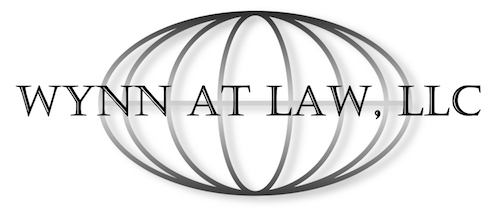Bankruptcy involves a series of steps that usually include the following actions:
1. The debtor gathers financial information for use in preparing the petition for bankruptcy and the schedules of assets, debts, income and expenses, the statement of financial affairs, and statement of intentions concerning secured debts;
2. Obtaining the required pre-filing credit counseling;
3. The debtor files the petition, schedules, statement of financial affairs, and pays the filing fee to the bankruptcy court;
4. The court notifies scheduled creditors of the case filing, the meeting of creditors, the injunctive stay against creditor actions, the last date for creditors to file challenges to the debtor’s discharge or the dischargeability of a particular debt, the initial status of assets available in the case, and other pertinent information;
5. The debtor appears under oath and on record before the trustee to be examined at the meeting of creditors and submits to creditors’ questions;
6. The debtor completes the reaffirmation, redemption, or surrender of secured collateral according to the Statement of Intentions filed with the case; and
7. All parties receive the discharge notice approximately 90 days after filing a Chapter 7 case or at the conclusion of payments in a Chapter 13 case.
A discharge will not be issued unless the debtor has completed a prescribed course in financial management.

